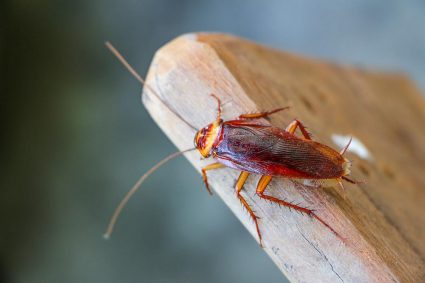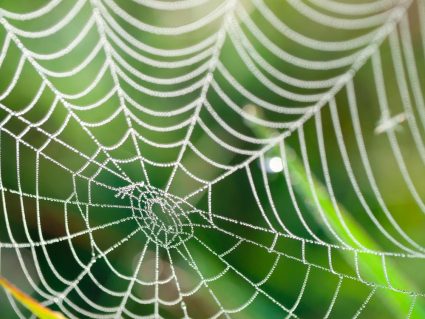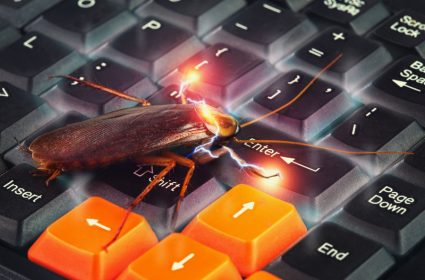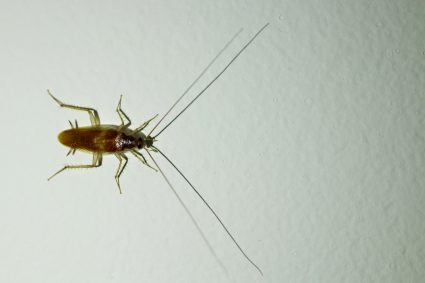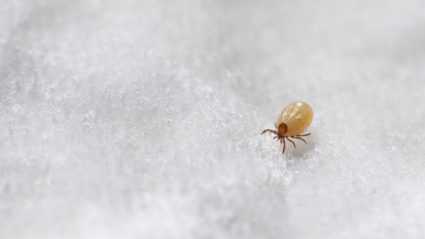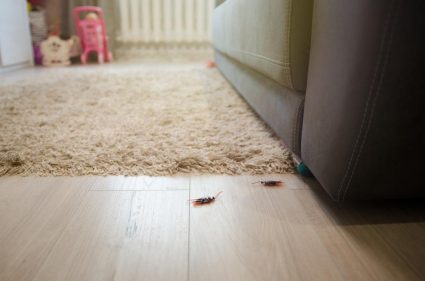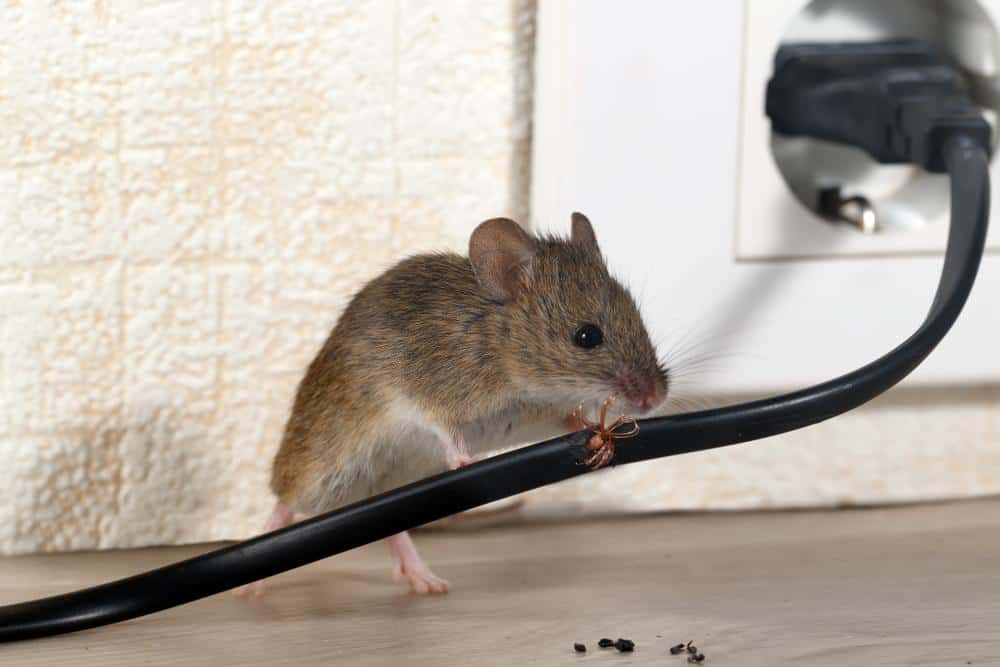
In this comprehensive guide, we’ll delve into one of the most common yet frustrating issues homeowners face – mice infestation in furniture. We’ll explore how to identify an infestation, the potential health risks associated with it, and most importantly, how to keep mice out of your furniture effectively and humanely.
To keep mice out of furniture, maintain cleanliness, use protective plastic covers, elevate your furniture, apply mouse repellents, and store food in sealed containers. If mice are already present, consider using live traps, natural deterrents, ultrasonic emitters, or exclusion methods to remove them humanely. For severe infestations, professional help may be necessary.
Why Do Mice Invade Furniture?
Mice are attracted to homes that provide food, shelter, and safety. Furniture, particularly upholstered ones, offer an excellent nesting site for these rodents. They can gnaw on wooden legs, nibble on upholstery for nesting materials, and find warmth and safety in the cozy confines of your beloved furniture.
Signs of Mice in Your Furniture
Identifying a mouse infestation early can save you from potential health risks and costly damages. Here are some tell-tale signs that mice may be living in your furniture:
- Mouse droppings: These small, dark pellets are usually the first sign of a mouse infestation.
- Visible damage: Look for gnawed fabric, holes, and bits of stuffing on the floor.
- Unpleasant smell: A strong, musky odor from mouse urine can be detected around the infested furniture.
- Scratching noises: Listen for squeaking or scratching noises coming from your furniture.
- Nests: Look for shredded paper, fabric, or dried plant matter that mice use to make their nests.
Preventing Mice Infestation in Furniture
Prevention is always better than cure. Here are some effective preventative measures to keep mice out of your furniture:
- Maintain cleanliness: Regularly clean your furniture to remove food traces that may attract pests.
- Use protective plastic covers: Wrap your furniture in protective plastic to deter mice.
- Elevate your furniture: Raising your furniture off the ground can help protect it from mice.
- Apply mouse repellents: Use mouse repellents, such as peppermint oil or coyote urine, on wood and other surfaces to deter mice.
- Store food in sealed containers: This prevents mice from accessing it and being attracted to your furniture.
Safe and Humane Methods of Removing Mice
If you already have mice residing in your furniture, consider these humane methods for removal:
- Live traps: Catch mice without harming them and release them outside, away from your home.
- Natural deterrents: Use repellents like peppermint oil, cayenne pepper, or cloves to deter mice.
- Ultrasonic emitters: These devices emit high-frequency sound waves that deter mice but are inaudible to humans and pets.
- Exclusion methods: Seal gaps or cracks in your home to prevent mice from accessing your furniture.
Health Risks Associated with Mice in Furniture
Mice can carry and spread various diseases, including Hantavirus, Salmonellosis, Leptospirosis, and Lymphocytic Choriomeningitis. These diseases can be transmitted through direct contact with the mouse or its droppings, or through ticks and fleas that have fed on infected rodents.
Seeking Professional Help
If you’re dealing with a severe infestation, it’s advisable to seek professional help. Pest control experts can provide effective solutions to eliminate the infestation and prevent future ones. It’s worth considering if you notice increasing droppings, strange noises, or actual sightings of multiple mice.
Protecting Furniture in Storage
If you’re storing furniture, it’s crucial to take steps to protect it from mice. Choose a pest-controlled storage facility, inspect your storage unit for potential entry points, use plastic covers for your furniture, and use natural pest deterrents to keep your storage unit mouse-free.
By following these steps, you can effectively prevent and control a mouse infestation in your furniture. Remember, early detection and prevention are key to protecting your furniture and your health.
Frequently Asked Questions
What other natural deterrents can I use against mice?
Other natural deterrents include the use of essential oils such as eucalyptus or lavender, the herb rue, and even the scent of a cat or owl (predators of mice). However, these methods should be used in conjunction with other preventative measures for maximum effectiveness.
How often should I clean my furniture to prevent mice infestation?
Ideally, you should clean your furniture at least once a week. This includes vacuuming upholstery, wiping down surfaces, and checking for signs of mice activity such as droppings or gnaw marks.
Can mice chew through plastic covers?
Yes, mice have strong teeth and can chew through plastic. However, the effort required to do so may deter them, making plastic covers a useful preventative measure.
Are ultrasonic emitters safe for all pets?
While ultrasonic emitters are generally safe for most pets, they can cause distress to pets like guinea pigs and hamsters, which have similar hearing ranges to mice. If you have these pets, you might want to consider other methods of deterring mice.
How far from my home should I release a trapped mouse?
Mice have a strong homing instinct and can return to your home if released too close. It’s recommended to release trapped mice at least 1 mile away from your home.

